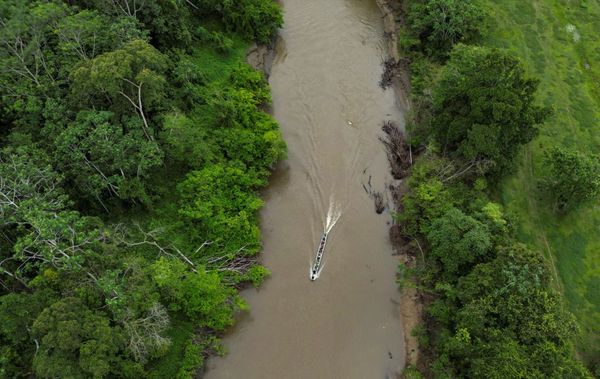In January 2024, major airports across India witnessed severe flight disruptions owing to bad weather conditions induced by smog. Hyderabad ended up playing host to international flights diverted from several destinations, including Singapore, London, Kuwait and Colombo. This, while the airport itself reported challenges in take-off and landing due to low visibility. Meanwhile, Chennai airport’s visibility dropped to as low as 100 metres, causing the cancellation of several flights across major cities in India.
This fiasco has raised serious questions about the status of the existing Instrument Landing System (ILS) and installation of advanced technologies across the major airports in the country.
To enhance the air navigation services infrastructure at airports within the Indian airspace, the Airports Authority of India has started commissioning and upgrading the latest categories of the ILS at several airports in the past few years. Aviation experts also called for urgent action on this front.
ILS is a standard International Civil Aviation Organisation (ICAO) precision landing aid used to provide accurate lateral and vertical guidance to aircraft for landing on the runway under normal or adverse weather conditions.
Interestingly, the need for advanced ILS is now felt in airports which traditionally would not have fog problems, but report visibility challenges due to increased pollution (or smog).
ILS deployment in India
Currently, only six international airports in India, including Delhi, Jaipur, Amritsar, Kolkata, Lucknow and Bengaluru have CAT III B landing facilities, according to the data revealed by the Ministry of Civil Aviation (MoCA). Meanwhile, CAT I capability will be enabled in eight airports while facilities will be upgraded from CAT I to CAT II in four airports.
ILS upgrades are underway in the airports in priority order. While the goal is to have advanced ILS systems across all airports, the deployment will be gradual, Union Minister for Civil Aviation Jyotiraditya Scindia said during a recent press conference, answering a question from The Hindu.
Challenges aplenty
“Flights often get delayed due to challenges in landing at some of the airports which lack advanced ILS (CAT II or CAT III) systems. This trend is particularly pronounced in tier 2 and tier 3 cities of India, leading to a constant knock-out effect in flight delays even in major cities and hence passenger inconvenience,” Rishi Jain, chief executive officer at Jain Aviation Consultants, said.
While the period of fog and/or smog season could be short, the inconvenience caused to the passengers and losses to the airlines is far more detrimental.
ILS systems, however, are a costly affair. According to experts, the average cost of installing a CAT III ILS at an airport is about ₹100 crore, with added maintenance cost in the range of ₹40-50 lakhs, thus posing a challenge to the management. Moreover, it is an added cost for airlines as well. “It is a catch-22 situation. Advanced (CAT II or CAT III) ILS installation also requires airlines to invest in the training and certification of their pilots for specific technologies while disrupting their rostering schedules amid the shortage,” Captain Sanjay Karve N.M., retired Accountable Manager and Chief Pilot, Government of Maharashtra, said.
According to MoCA, so far, 4,804 flight crew qualified for CAT II/III are available with various airlines, including 2,979 captains and 1,825 co-pilots.
Besides this, CAT IIIB installation also demands an obstruction-free environment, to avoid potential interference in localiser signals for the ILS on the runway, creating a serious collision risk for low-flying aircraft.
Global standards
“There is a need to re-evaluate our airports and the visibility conditions over the years. Over 30 days in a year, if the visibility drops down below 500 metres, we need to upgrade the ILS installed if not to CAT IIIB, at least CAT III A,” underscored Captain Sanjay Karve NM, Retired Accountable Manager and Chief Pilot, Maharashtra Government.
At a time when Indian airports are looking to become international hubs, Mr. Jain argued that India should place bulk orders for ILS.
Indian airports that see more than 50-60 landings per day should have advanced ILS technologies in place, Shubham Tiwari, Flight Safety Specialist (Safety Management System) attested.







